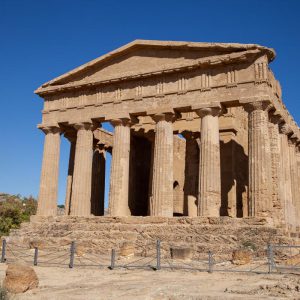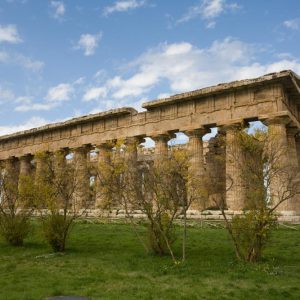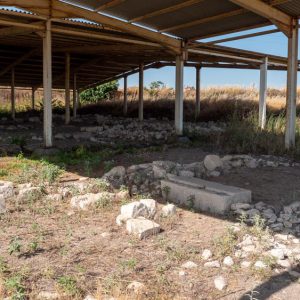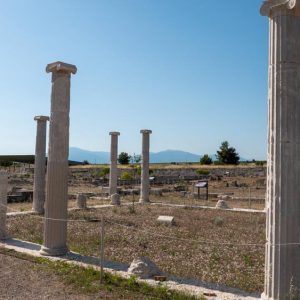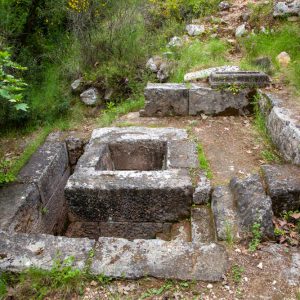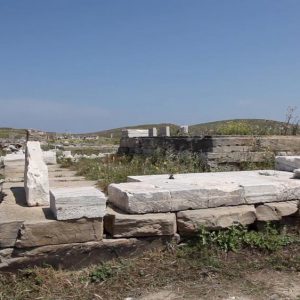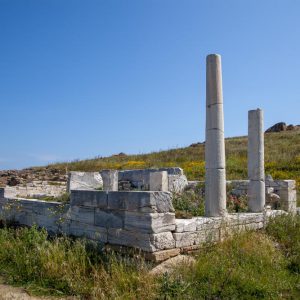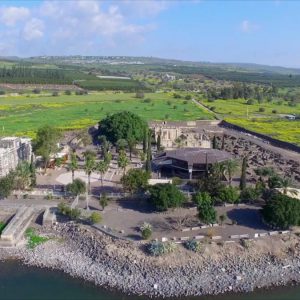nuradhapura was a major intellectual centre for early Theravāda Buddhism, home to revered Buddhist philosophers including Buddhaghosa.
During the reign of Dhatusena (455-473) a redaction of the Theravada Buddhist canon took place while at the same time 18 new vihara (temple complexes) where built and a statue erected for Mahinda, the Indian prince-monk who introduced Buddhism to the island.
During the late Anuradhapura period, the royal family and nobility of Sri Lanka strongly supported Buddhism. As such, they frequently commissioned works of art and donated these items to Buddhist temples. In return, the temple and local Buddhist community supported the king’s rule. Art works featuring depictions of Avalokitesvara, the Bodhisattva of Mercy and Compassion, became increasing popular.
This sacred city was established around a cutting from the ‘tree of enlightenment’, the Buddha’s fig tree, brought there in the 3rd century B.C. by Sanghamitta, the founder of an order of Buddhist nuns. Anuradhapura, a Ceylonese political and religious capital that flourished for 1,300 years, was abandoned after an invasion in 993. Hidden away in dense jungle for many years, the splendid site, with its palaces, monasteries and monuments, is now accessible once again.


